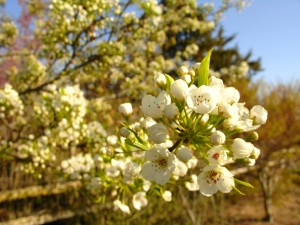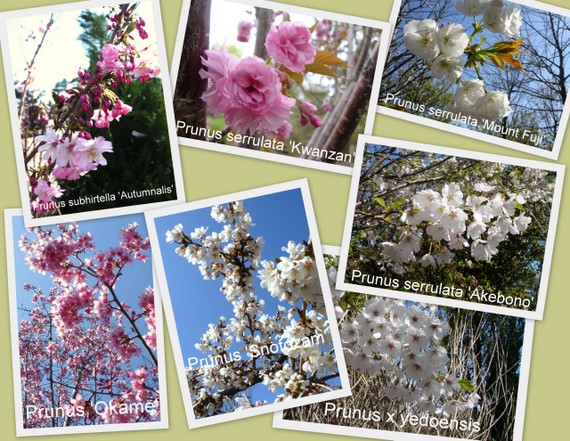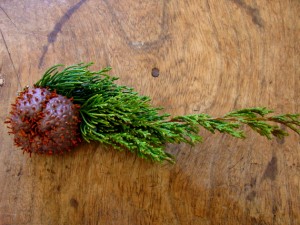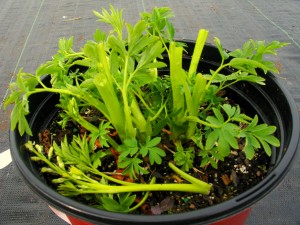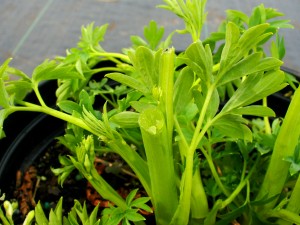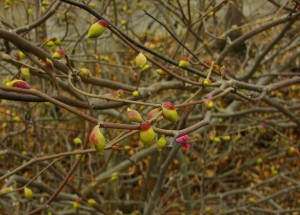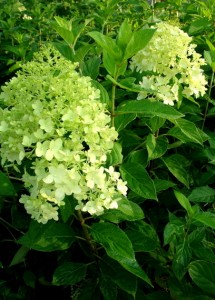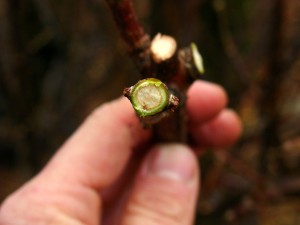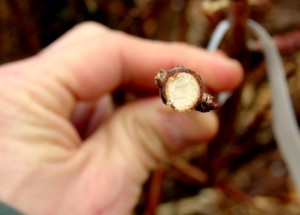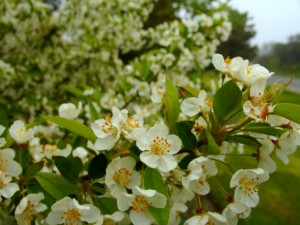
As ornamental Cherry trees come to the end of their bloom cycle on the island, crabapples have picked up the baton. Small to medium-sized trees, crabapples are a great addition to almost any landscape. They seem right at home anchoring a foundation planting, or in a grove at the edge of a wooded area. A well-pruned standard can make an amazing focal point in a small garden this time of year.
There are a few things to consider when choosing a crabapple for your garden.
- Form: Standard, Multi-stem or Weeping
- Fruit Color: Yellow or Red
- Leaf Color: Lustrous Green to Deep Burgundy
- Flower Color: White to blush to Crimson
- Disease Resistance: Fire blight and other foliar diseases can be an issue
A few Common cultivars and their attributes:
- ‘Adams’: Rounded form, reddish foliage, carmine to pink flowers, red fruit, 20-25′
- Centurion (R): Upright branched form, dark green-red tinted leaves, rose-red flowers, red fruit, 20-25′ T
- ‘Donald Wyman’: Large spreading form, lustrous green foliage, pink-white flowers, red fruit, 20′ T x 25′ W
- ‘ Harvest Gold (R): Vigorous, vase-shaped form, white flowers (a week later than other varieties), gold fruit, 30′ T x 20′ W. Great disease resistance.
- ‘Louisa’: Broad-weeping form, glossy dark green foliage, red buds opening to pink, red fruit, 15’T x 15’W
- ‘Mary Potter’: Mounded, spreading form, lustrous green foliage, dark pink buds opening to white, red fruit, 15′ T x 20′ W
- M. sargentii: Wide-spreading form, dark green foliage, red buds opening to white flowers, bright red fruit, 8′ T x 12′ W
- M. x zumi ‘Calocarpa’: Dense, rounded form, dark green foliage, pink-white flowers, red fruit, 25’T x 25’W

